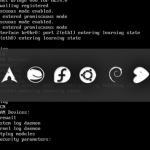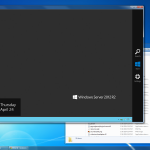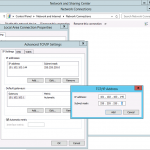
In this security-related guide, we will show you how to disable Apache and PHP versions from being disclosed in HTTP headers. While not a security threat itself, by default Apache sends version info about the software running on the server in every HTTP header. An “investigative user” could use this information to determine that your server […]












